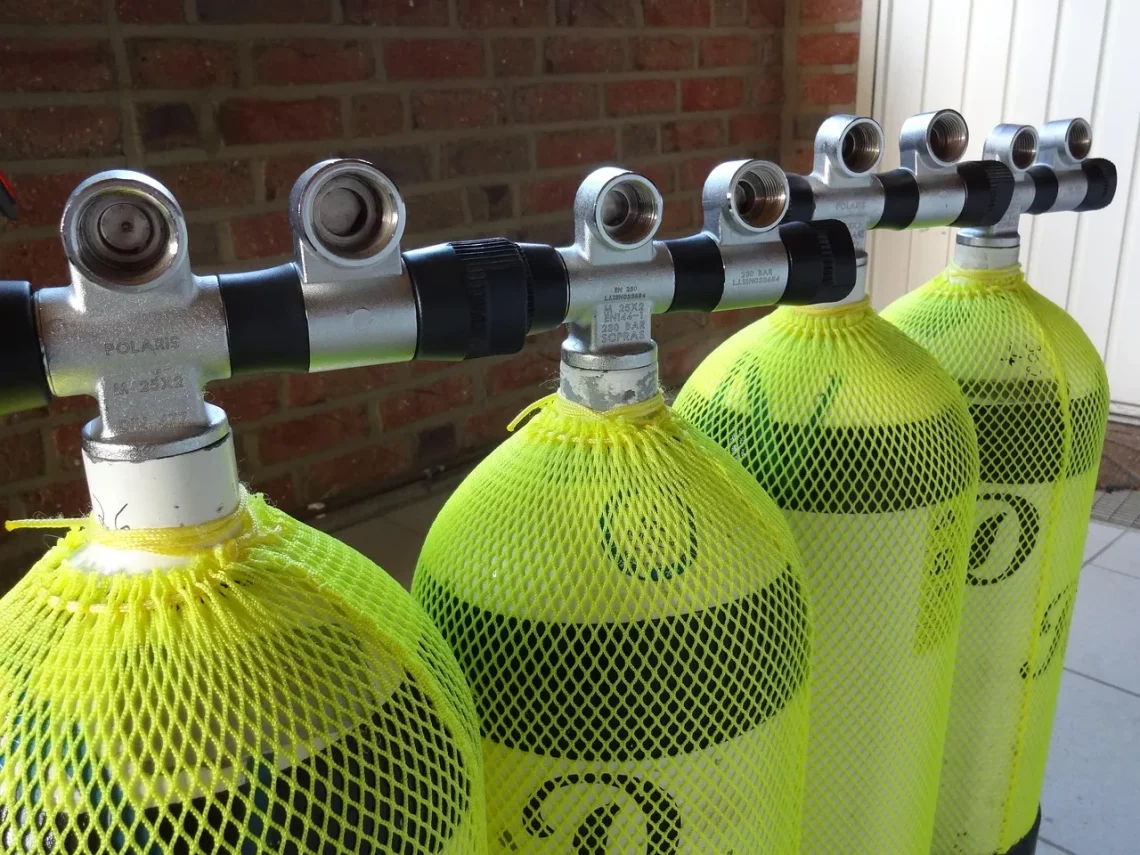
The Benefits of Compression Socks for Shin Splints Relief
Compression socks have gained popularity among athletes, fitness enthusiasts, and individuals who experience leg discomfort. These specialized socks are designed to apply gentle pressure to the legs, promoting better blood circulation and providing support to the muscles. One of the common issues that many people face, particularly runners and those who engage in high-impact activities, is shin splints. This condition, characterized by pain along the shin bone, can hinder performance and lead to frustration.
The discomfort associated with shin splints often occurs due to overuse or excessive strain on the muscles and tendons surrounding the tibia. Consequently, finding effective methods to alleviate this pain is essential for anyone looking to maintain an active lifestyle. Compression socks have emerged as a popular solution for shin splints relief, offering numerous benefits that can enhance recovery and performance.
Understanding the mechanics of how compression socks work and their advantages can empower athletes and active individuals to make informed choices about their recovery strategies. With the right information, one can not only alleviate discomfort but also improve overall performance and ensure longevity in their physical activities.
How Compression Socks Work
Compression socks exert graduated pressure on the legs, meaning they are tighter around the ankle and gradually loosen as they move up the leg. This design is essential for enhancing blood flow and reducing the likelihood of swelling. The primary mechanism behind their effectiveness lies in how they stimulate the venous system. By promoting better circulation, these socks help transport oxygen-rich blood to the muscles while facilitating the removal of metabolic waste products.
The pressure exerted by compression socks can also help stabilize the muscles and reduce vibration during physical activities. This stabilization is particularly beneficial for athletes, as it can minimize micro-tears in muscle fibers that often lead to soreness and injuries. Moreover, compression socks can enhance proprioception—the body’s ability to sense its position in space—which may improve balance and coordination.
In addition to physical benefits, wearing compression socks can also provide psychological advantages. Athletes often report feeling more confident and secure when wearing them, knowing they have additional support during their workouts. This sense of security can encourage individuals to push their limits and engage in more intense training sessions without the fear of injury.
Understanding the science behind compression socks can help individuals appreciate their value, especially for those prone to shin splints. By offering both physical and psychological benefits, these socks can play a pivotal role in recovery and performance enhancement.
Benefits of Compression Socks for Athletes
Athletes, particularly those involved in high-impact sports, can significantly benefit from incorporating compression socks into their training and recovery routines. One of the most notable advantages is the reduction in muscle soreness post-exercise. Studies have shown that athletes who wear compression garments report lower levels of delayed onset muscle soreness (DOMS) after intense workouts. This reduction in soreness allows athletes to recover more quickly and return to their training regimens sooner.
Additionally, compression socks can enhance endurance during long runs or workouts. By improving blood circulation, these socks help maintain optimal muscle function, allowing athletes to perform at their best for extended periods. The increased oxygen delivery to the muscles can delay fatigue, enabling athletes to push through challenging workouts or competitions more effectively.
Another benefit is the potential reduction in the risk of injury. Compression socks provide support to the muscles and tendons, helping to alleviate the stress placed on them during physical activities. By reducing muscle vibration and providing stability, these socks can lower the chances of developing conditions such as shin splints, strains, and even stress fractures.
Furthermore, compression socks can be highly beneficial during recovery phases. Wearing them after exercise helps sustain elevated blood flow, which is crucial for transporting nutrients and oxygen to tired muscles. This increased circulation can facilitate quicker healing and reduce recovery times. Many athletes find that wearing compression socks during travel, such as flights or long car rides, helps prevent swelling and promotes comfort, making them a versatile addition to any athlete’s gear.
Overall, the benefits of compression socks for athletes extend beyond immediate comfort. Their ability to enhance performance, reduce soreness, and support recovery makes them an invaluable tool for anyone looking to optimize their athletic pursuits.
Choosing the Right Compression Socks
Selecting the appropriate compression socks is crucial for maximizing their benefits. With various options available on the market, it can be overwhelming to choose the right pair. One of the first considerations should be the level of compression. Compression socks are measured in millimeters of mercury (mmHg), indicating the pressure they apply. Common levels range from mild (15-20 mmHg) to moderate (20-30 mmHg) and higher. For individuals dealing with shin splints, moderate compression is typically recommended, as it provides sufficient support without being overly restrictive.
Another factor to consider is the length of the socks. Compression socks come in various lengths, including knee-high, thigh-high, and ankle-length options. Knee-high compression socks are often the most popular choice for shin splints, as they provide targeted support to the lower leg while allowing for freedom of movement. However, depending on personal preference and specific needs, individuals may opt for other lengths.
Material is also an essential aspect when selecting compression socks. High-quality compression socks are typically made from a blend of nylon, spandex, and other breathable materials. This blend helps wick away moisture, keeping feet dry and comfortable during workouts. It’s important to choose socks that fit well and do not bunch or slide down, as this can reduce their effectiveness.
Finally, individuals should pay attention to sizing. Compression socks are designed to fit snugly, but they should not be overly tight or restrictive. Most brands provide sizing charts based on measurements of the ankle, calf, and sometimes the thigh. Taking accurate measurements ensures a proper fit and optimal compression.
By carefully considering the level of compression, length, material, and sizing, individuals can select the best compression socks to aid in shin splints relief and overall leg health.
Integrating Compression Socks into Your Routine
Incorporating compression socks into your daily routine can significantly enhance their effectiveness. For best results, it’s advisable to wear them during workouts, post-exercise recovery, and even during travel.
During workouts, wearing compression socks can provide the necessary support and stabilization to reduce the risk of injury and enhance performance. Athletes engaging in high-impact activities, such as running or jumping, will particularly benefit from the added muscle support that helps minimize vibration and fatigue.
After exercising, wearing compression socks can aid in recovery by promoting enhanced blood flow and reducing swelling. Many athletes choose to keep their compression socks on for a few hours post-workout or even overnight to maximize recovery benefits. This practice can help alleviate soreness and facilitate quicker healing, allowing for a more efficient return to training.
Traveling can also pose challenges for leg health, especially during long flights or road trips. Swelling and discomfort are common during extended periods of sitting, but wearing compression socks can mitigate these issues. They help maintain circulation, reducing the risk of developing blood clots and making travel a more comfortable experience.
It’s worth noting that while many people find relief and comfort from wearing compression socks, it’s essential to listen to your body. If you experience any discomfort or worsening symptoms while wearing them, it might be beneficial to consult with a healthcare professional.
In conclusion, integrating compression socks into your routine can provide numerous benefits, especially for those dealing with shin splints. By wearing them consistently, individuals can enhance their athletic performance, speed up recovery, and maintain overall leg health.
—
**Disclaimer:** This article is for informational purposes only and does not constitute medical advice. Always consult a healthcare professional for any medical concerns or before starting any new treatment or exercise regimen.




